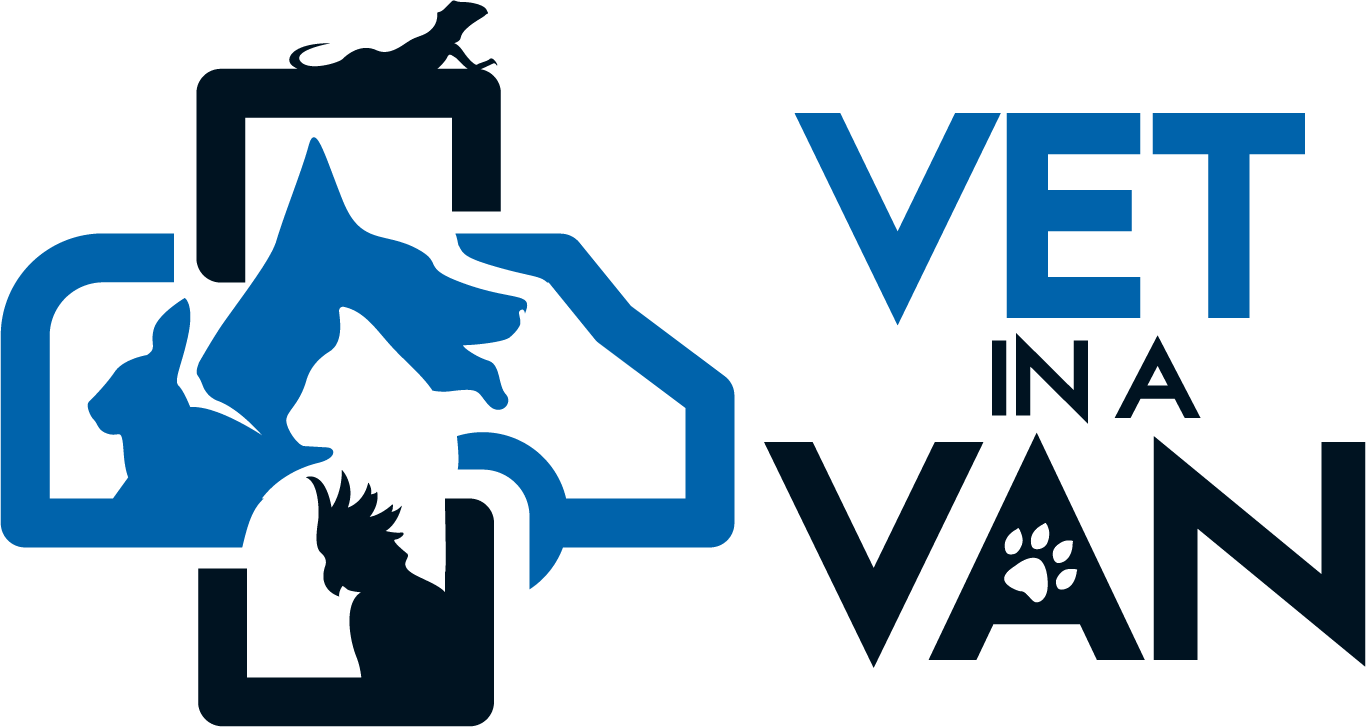What about me?! How to prepare your dog for the post-quarantine blues

Whether you refer to it as quarantine or isolation, the whole COVID-19 lockdown thing has been pretty isolating and lonely for us humans as well as a sudden shock to us psychologically. On the contrary, our pets have never been happier! Dogs love companionship, which is the main reason why we adopt them as our fur babies, they appear empathetic, they keep us company and they’re definitely one of the family. As a pack animal, dogs rely on us, as their alpha pack members, to take care of them, reassure them and keep them safe.
Our dogs adapt to us staying with them for part of the day and leaving them to go to work or elsewhere. During this lockdown phase, they have adapted again to our full-time presence. Or maybe you decided to adopt a new dog or puppy whilst you were home to spend time with them. Either way, they are now used to your constant company, more walks, more interactive play and potentially more treats (yep, our pets may have gained a few COVID-kilos too!).
This also applies to our travelling pets, if you’re on a ‘Big Lap of Australia’ or have been travelling full time for a while, your dog will need time to readjust when you’re on your way home.
So, what happens when we are released into the wider world again? When we go back to work and our busy lifestyles? It’s a major sudden upheaval on the new routine that your dog has adapted to. And, just like us, they need time and patience to adapt back, because they are flexible and will adapt. Just like we have. They just need our understanding and support.
Here are a few ways that you can help your dog to adjust to post-human-isolation and avoid the associated blues:
Is my dog at risk of separation anxiety when I go back to work/school?
Dogs who already suffer from anxiety-type behaviours, whether they a prone due to their breed or a previous life experience, are more likely to be affected by separation anxiety when major changes occur. Being pre-emptive in our approach with these dogs will benefit them greatly and maximise outcomes. So, be prepared to start behavioural changes, and potentially supportive medication, at least 1 month prior to any major routine changes. Chat to your vet 2 months in advance to work out a plan that suits you and your dog as every dog and situation is different.
Is medication necessary?
Any medication is always used in conjunction with behavioural modification therapies with the aim that the medication is a temporary measure to help your dog adjust and learn coping behaviours with a calm state of mind. There are natural and stronger prescription medications available for anxiety in dogs. Always chat to your vet before giving any medication to your dog, even if they’ve taken it before. Your vet can advise on which medications may be suitable for your dog’s individual situation, symptoms and health status. For mild anxiety, natural medications like Zylkene or Adaptil may be appropriate. Other non-pharmaceutical options include aids, such as the ThunderShirt, which can be used by itself or in conjunction with medications for more severe cases.
How would my dog show anxiety?
- Barking or howling when you’re not home
- Self-harm – excessive licking or chewing with no reason to be itchy, showing as bald spots or sore patches of skin (usually on the forelimbs but can be anywhere)
- Being destructive – chewing furniture or household items, scratching doors or walls, digging holes in the backyard
- Panting (without recent exercise or being too hot)
- Shivering (when it’s not cold)
- Pacing – a pathway worn into the lawn in the backyard is a tell-tale sign
- Repeatedly escaping from your property
- Hiding or running away
- Fear of thunderstorms or loud noises
Other, more subtle, signs of anxiety to watch for when dogs are put in an uncomfortable situation may include yawning, lip licking, looking away or not making eye contact, holding ears back or showing the whites of their eyes.
A reduced appetite, urinating more frequently or unsettled behaviour are more generalised signs so a check-up by your vet is advised to rule out any medical problems first.
What things can I do at home to help my dog adjust to changes?
Start their new routine now. Keep their meal or play times at the same times as they would be if you were at work or school.
Gradually increase the amount of time that your dog is left alone rather than making sudden major changes. By starting with a very short period, say 1-2 minutes to walk to the letterbox, your dog has less time to become anxious, then reward them with a big hug and some fuss if they appear calm when you return. If your dog is coping, increase the length of time away until it matches your usual absent times, different individuals will respond at a different pace so taper changes to how your dog responds.
If your dog starts acting clingy or anxious as soon as you pick up your car keys or perform another ‘leaving trigger’ then show them you’re in control and looking after them. A simple but effective action is to command them to sit then reward or give a treat for being calm, this gives them a sense of security.
Offer positive distractions. Food puzzle toys are a great way to reward your dog for staying busy whilst you’re not present, a Kong ball with peanut butter or a handful of dry food inside is a great example. Try other enrichment toys or activities now so you know which ones your dog likes. Playing soft calming music now and whilst you’re away will help maintain consistency in their environment.
Ensure your dog is getting plenty of regular exercise. Depending on the individual, this may mean walking once or twice per day with a big run at the local dog park on weekends for an energetic dog or just a couple of quiet walks per week for an older dog. Keep this routine the same whether you’re at home or not.
Create a safe space for your dog, like a bed area or corner, that they can retreat to if they feel they need to. Encourage children to leave your dog alone when they are in their safe place.
Ensure your backyard is secure and your dog’s microchip details are up to date, just in case.
Some dogs may just cope better by having a dog sitter or doggy day care to keep them company and busy.
Overall, dogs love routine and respond very well to positive reinforcement and rewards, so focus on the positive, stick to a general routine and your dog will appreciate you taking charge of their pack.
Any further questions? Send us a message via our Facebook or Instagram pages or chat to your vet.




